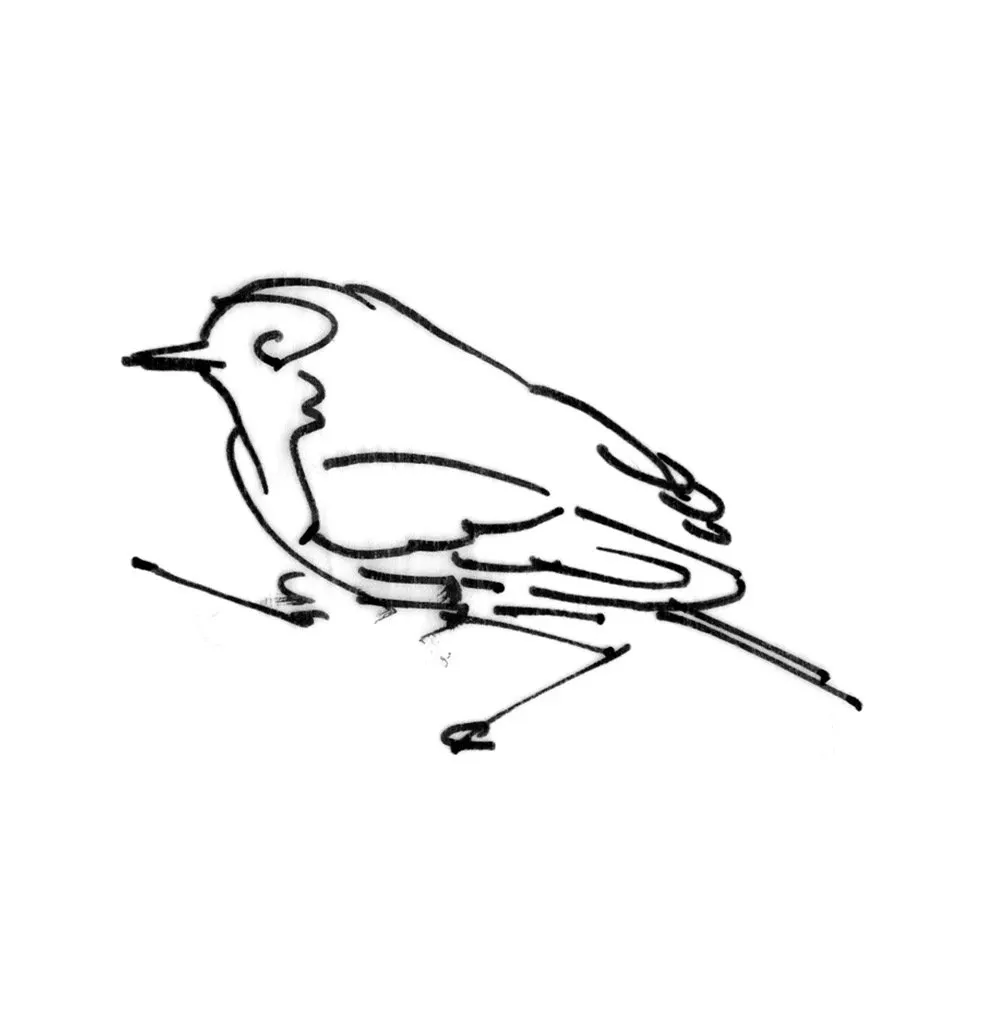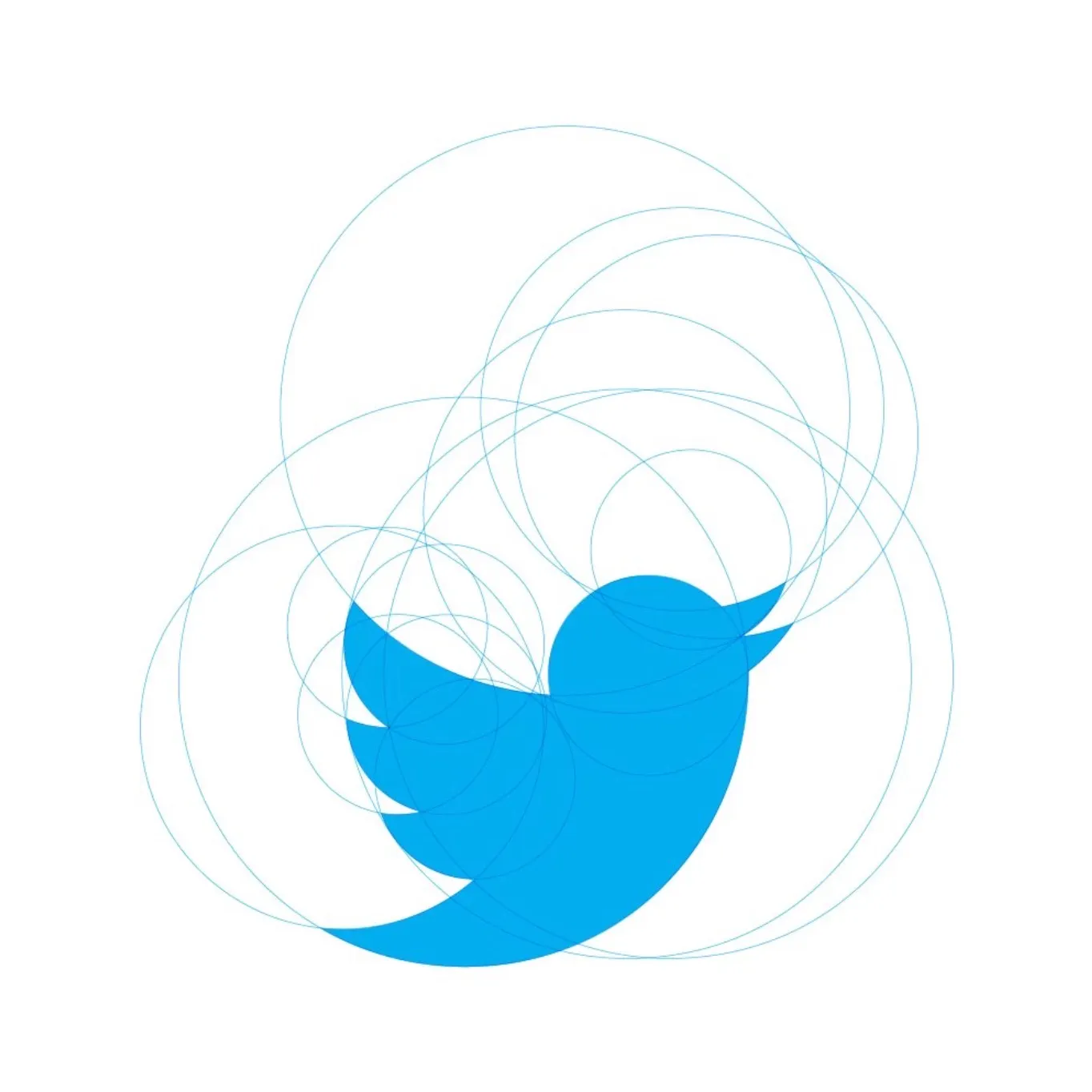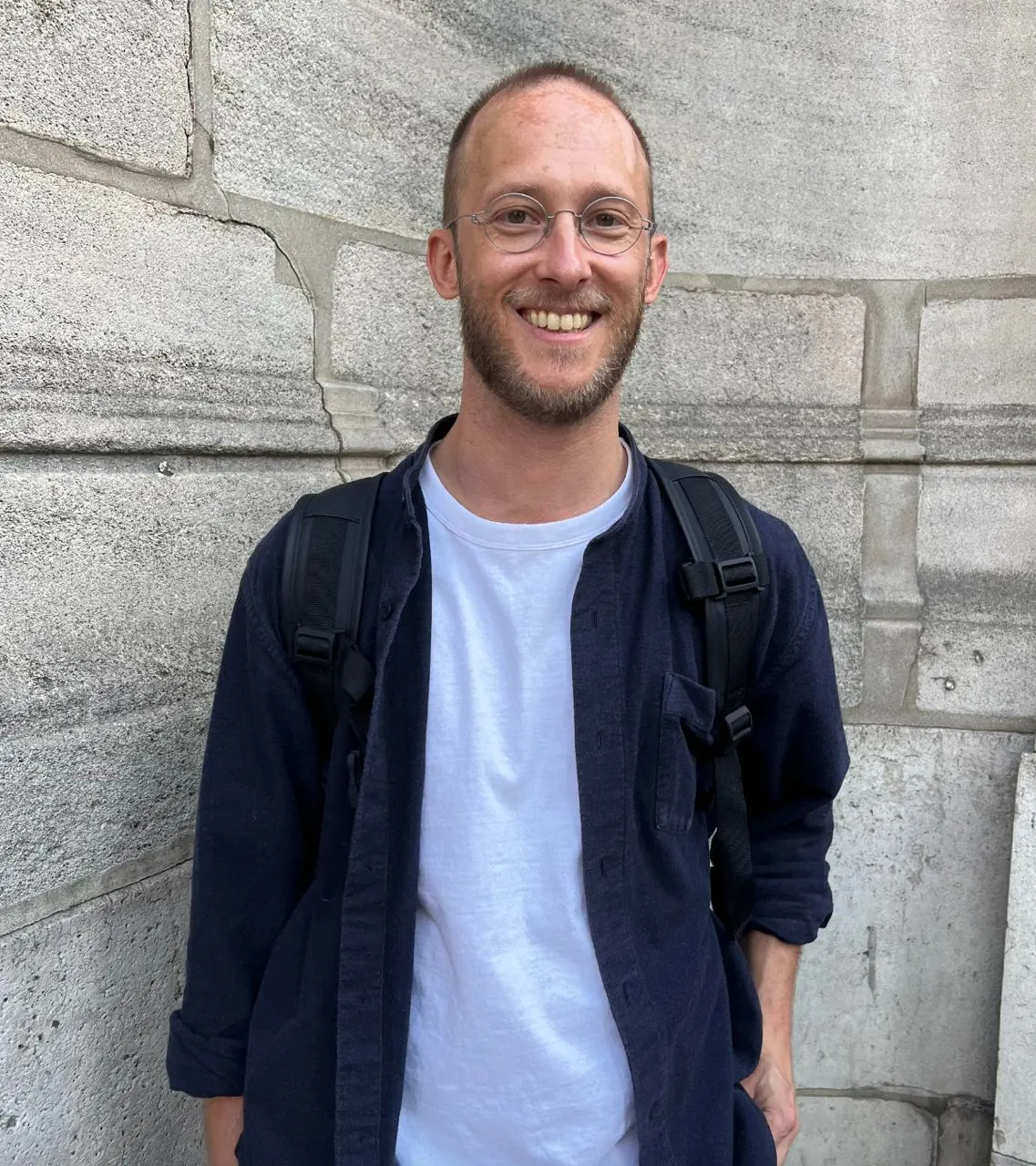Like many, Martin Grasser, the visionary designer behind Twitter’s iconic blue bird, discovered the logo's replacement through a tweet from Elon Musk.
However, the attention he garnered after posting a thread about its creation more than a decade ago went beyond all expectations.
Twitter exploded with reactions when Jack Dorsey, Twitter's former CEO, amplified Grasser's revelation by retweeting his post with the "GOAT" emoji.
— jack (@jack) July 24, 2023
“When I sent that tweet from my kitchen table, casually sipping coffee, I had no idea that the logo would hold such significance and provoke such a response from the public,” Grasser told Decrypt. “Now, looking back, I realize that people were emotionally attached to it.”
Back in 2012, Grasser, fresh out of art school, was first commissioned to design the platform’s famous logo.
“Together with Todd Waterbury and Angy Che, we brought different perspectives to the table,” he told Decrypt. “The logo was intended to behave like a lowercase ‘e’ and be recognizable even at small scales, at just 16 pixels by 16 pixels. It was a challenge that required us to be mindful of the letterform design and overall system design, much like creating a harmonious alphabet.”

When Dorsey approached Grasser and his colleagues, he simply requested a bird and a certain level of professionalism in the execution.
The previous bird Twitter featured had a more cartoonish appearance, and with the rise of significant events like the Arab Spring being discussed on Twitter at that time, they wanted a more neutral and serious representation.
“While our bird exudes optimism and joy in its soaring pose, it also possesses a level of neutrality that allows it to be associated with more serious topics as well,” Grasser told Decrypt.
Martin Grasser's dyslexia also influenced the final outcome, as the artist explains.
“I believe my dyslexia gives me a sensitivity to shapes,” he said. “For instance, a lowercase ‘a’ in Helvetica has a certain harmony and balance that can't be displaced. Shapes can evoke similar feelings, and as a designer, it's my responsibility to adjust them on a two-dimensional surface until they feel just right—a blend of mathematics and artistic intuition.”

The result is the iconic “blue bird,” that’s become one of the most recognizable logos in the world.
“It just happens to be incredibly simple in its construction,” he told Decrypt. “When I look at the Twitter logo today, I see elements of generative art in the way it's rendered with circles. It's no different from the ‘Squares’ or my project with Vera Molnàr; it follows a similar system and way of thinking. I always appreciated that the bird felt digitally native, with its perfect circles that only exist on a computer. It also felt neutral enough to be rendered by a machine, rather than by the human hand.”
Just as the logo-change news rippled across the internet, Grasser was also quietly gearing up for a much different event—an auction of NFTs by the renowned generative artist Vera Molnàr.
As a collaborator of Molnàr’s artworks, he was actively participating in the event's organization, slated for launch today.
With a significant presence on Twitter, Grasser was already a household name in the world of generative art and NFTs, particularly for his long-form projects, like the one he launched on ArtBlocks, “Squares.”
Blue Bird logo enjoyed a great ‘run’, says Grasser
Grasser admits feeling a touch of sadness about the recent change, and that seeing his creation in the NBA Finals or on a bag of chips was truly gratifying.
But he also recognizes that everything has to come to an end. “The logo had a great 11-year run, and I'm glad to know that it's a beloved symbol,” he said.
Regarding the new direction that Elon Musk wants for the social network, Grasser expresses no resentment. “Life changes, and there's not much one can do about it,” he told Decrypt.
He now hopes that Twitter will remain the positive space he experienced, believing that Musk's track record with rockets and Tesla means X could have a bright future ahead.

For now, Grasser plans to maintain his presence on Twitter, which he credits as being pivotal in his journey as a crypto artist and creator of generative art.
“I began sharing my work on Twitter around 2020-2021, and the generative art community there has been incredibly supportive and kind,” he told Decrypt. “It connected me with like-minded individuals, opened doors to opportunities such as working with traditional galleries, participating in NFT drops, collaborating on projects with other artists, and linking up with my agent."
As a matter of fact, Twitter has become an essential platform for conducting his business as an artist.
This accomplishment will always hold significance for him, as he mentions receiving an overwhelming number of messages from people expressing what the logo means to them.
“It's genuinely unique how a piece of art can connect people in such a way,” he told Decrypt. “It's akin to the impact of a hit song (...) Knowing that I played a role in creating something that holds meaning for people is incredibly rewarding and fulfilling. At a basic level, it's uplifting to receive appreciation for your art.”





